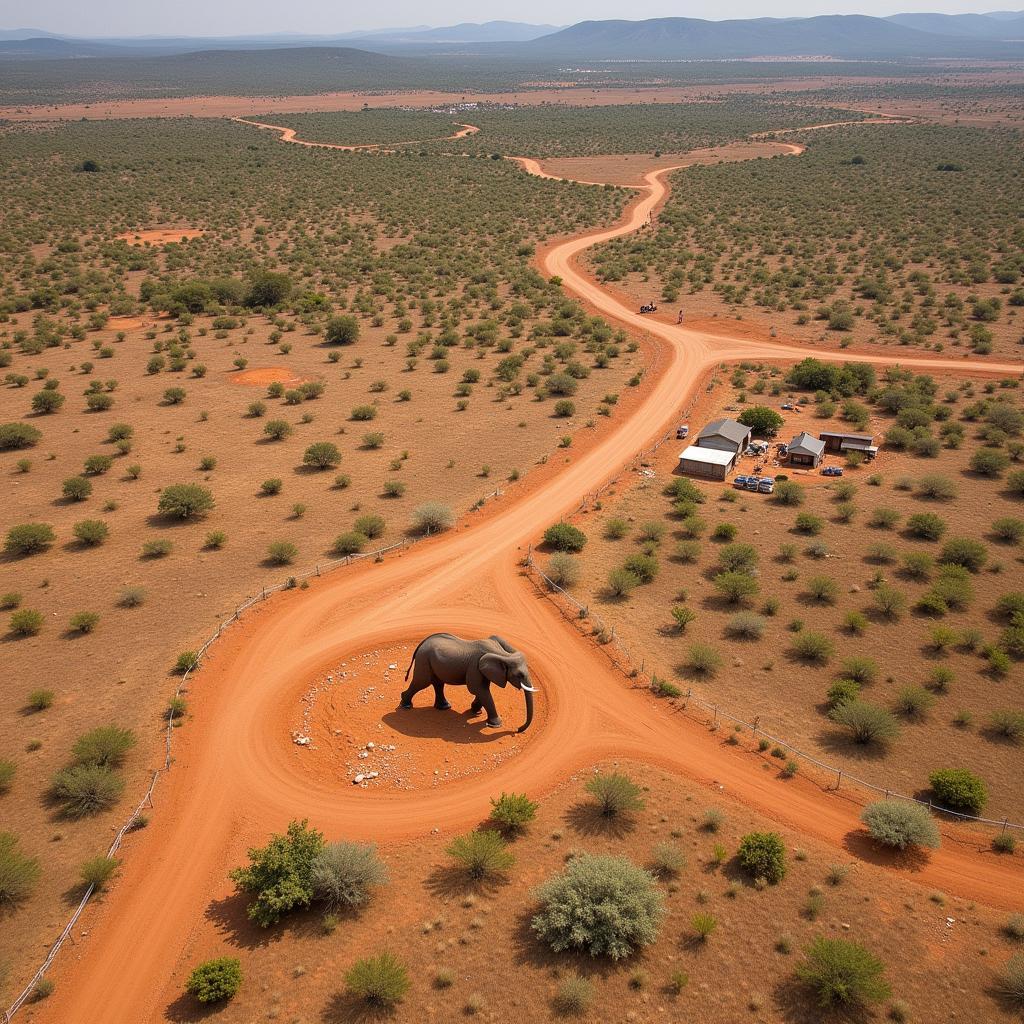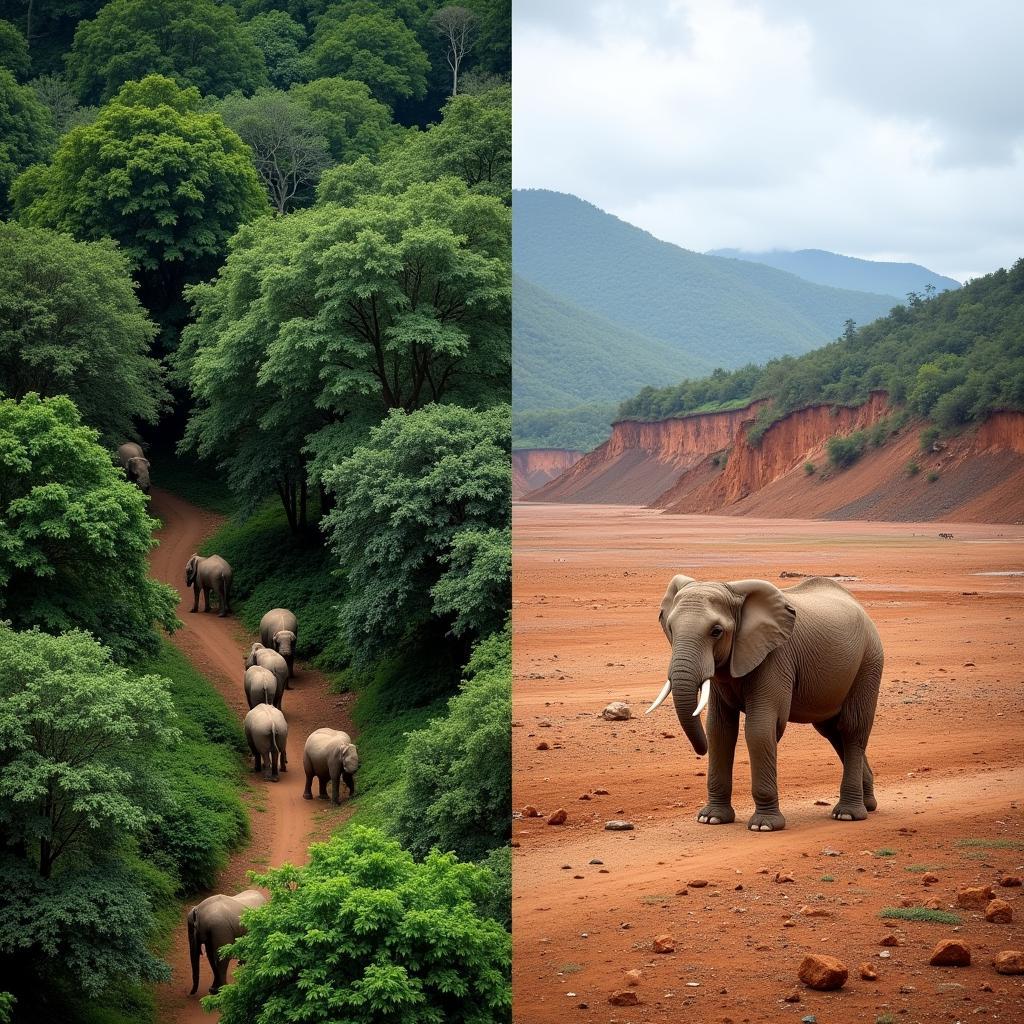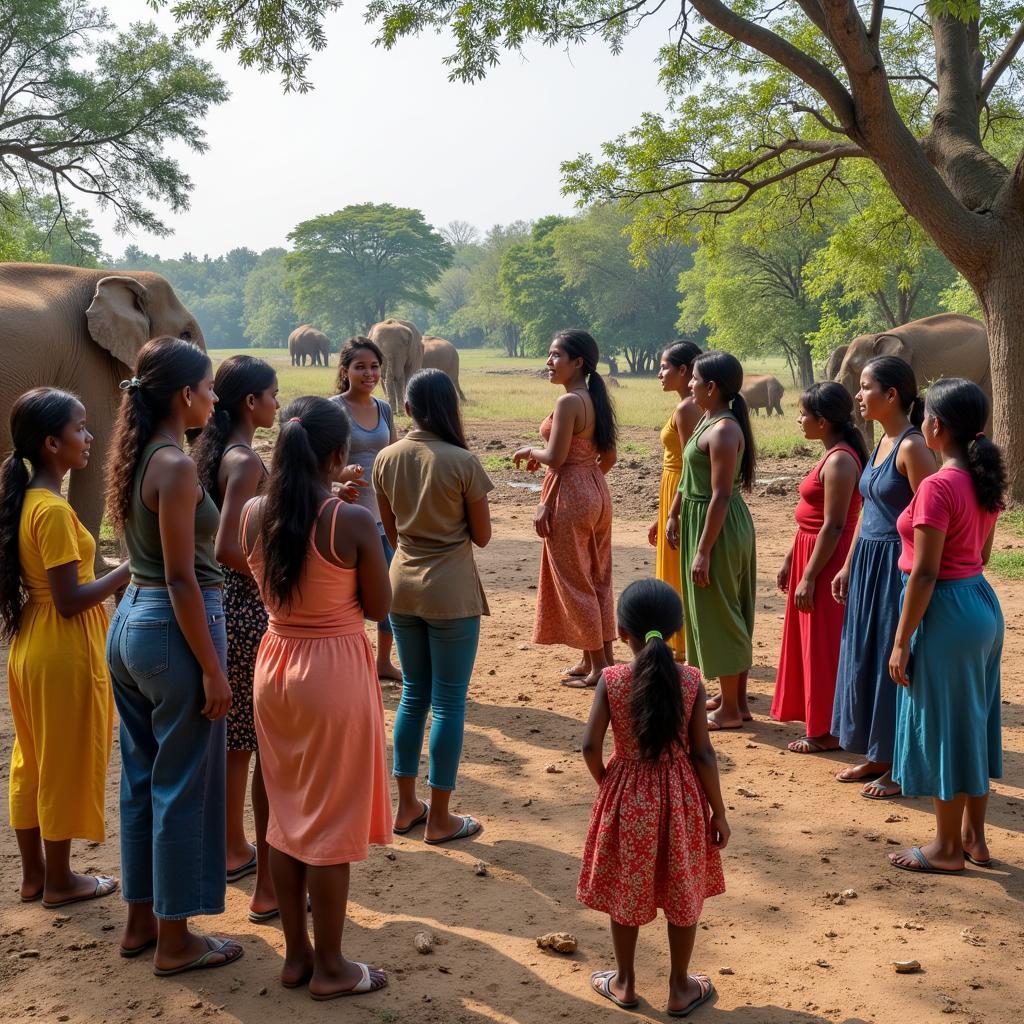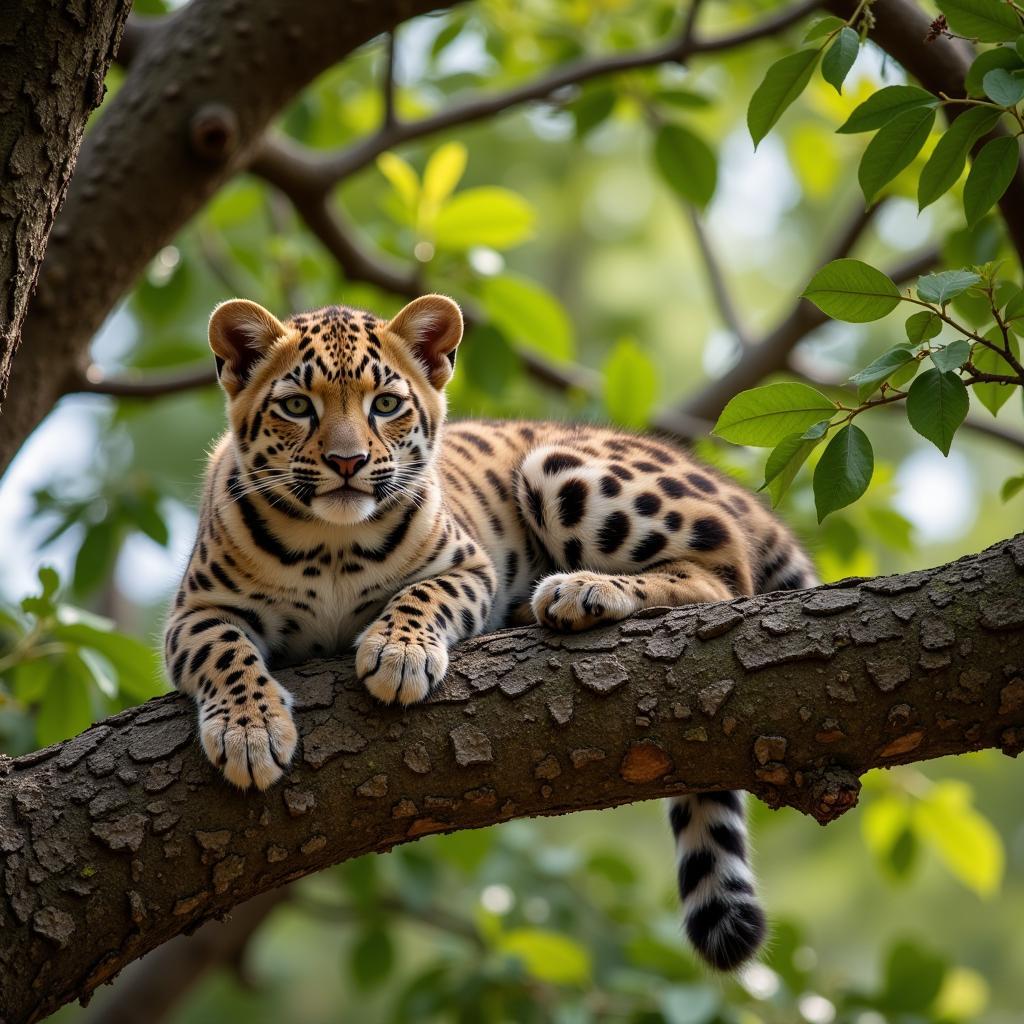African Elephant Habitat Destruction: A Silent Threat to Giants
African elephants, majestic creatures synonymous with the African savanna, are facing a growing crisis: habitat destruction. This devastating trend, driven by human activities, is pushing these gentle giants to the brink and jeopardizing the future of this iconic species.
The rapid expansion of human populations across Africa has led to an unprecedented demand for land, resulting in the conversion of vast swaths of elephant habitat into farmland, settlements, and infrastructure. This encroachment into their natural home range forces elephants into smaller and more fragmented areas, increasing competition for resources and leading to human-wildlife conflict.
The Consequences of Shrinking Habitats
As elephants lose their homes, the consequences are far-reaching and devastating.
- Increased Human-Elephant Conflict: When elephants are squeezed into smaller territories that overlap with human settlements, encounters become more frequent. This often leads to crop raiding, property damage, and even loss of human life, fueling fear and resentment towards elephants.
- Food Shortages and Malnutrition: With less land to roam, elephants struggle to find sufficient food and water, particularly during dry seasons. This leads to malnutrition, weakened immune systems, and increased susceptibility to diseases.
- Loss of Genetic Diversity: Fragmentation isolates elephant populations, preventing gene flow and leading to inbreeding. This reduces genetic diversity, making elephants more vulnerable to diseases and environmental changes.
 Fragmented Elephant Habitat
Fragmented Elephant Habitat
The Role of Deforestation and Land Conversion
Deforestation, driven by agriculture, logging, and mining, plays a significant role in African Elephant Habitat Destruction. Forests provide essential resources for elephants, including food, shade, and shelter. As forests are cleared, elephants lose these vital resources, forcing them into conflict with humans as they search for food and water in areas inhabited by people.
 Deforestation's Impact on Elephants
Deforestation's Impact on Elephants
Poaching Exacerbates the Problem
While habitat loss is a primary driver of elephant decline, poaching for ivory remains a serious threat that compounds the problem. As elephant ranges shrink and become more fragmented, it becomes easier for poachers to target these animals, putting further pressure on already struggling populations.
Conservation Efforts and Hope for the Future
Despite the challenges, there is hope for African elephants. Conservation organizations and governments across Africa are working to protect elephants and their habitats through a variety of initiatives.
- Habitat Protection and Restoration: Establishing and managing protected areas, such as national parks and wildlife reserves, is crucial for safeguarding elephant habitats. Efforts to restore degraded habitats are also underway, including reforestation and sustainable land management practices.
- Anti-Poaching Measures: Strengthening law enforcement, increasing penalties for poaching, and collaborating with local communities to combat wildlife crime are essential for reducing poaching and protecting elephants.
- Community-Based Conservation: Engaging local communities in conservation efforts is vital for long-term success. Programs that provide economic incentives for communities to protect elephants and their habitats, such as ecotourism initiatives, are gaining traction.
 Community Elephant Conservation
Community Elephant Conservation
A Shared Responsibility to Protect Giants
Protecting African elephants and their habitats is not just the responsibility of governments and conservation organizations; it is a collective responsibility that requires global action. By raising awareness about the plight of elephants, supporting conservation efforts, and making sustainable choices in our daily lives, we can all contribute to ensuring a future for these magnificent creatures.
The destruction of their habitat is a silent threat that needs our immediate attention. The time to act is now, before the silence becomes deafening.
FAQ
1. How does habitat loss lead to human-elephant conflict?
Habitat loss forces elephants into closer proximity to human settlements, increasing the chances of encounters. This leads to crop raiding, property damage, and sometimes even loss of human life.
2. What are the main drivers of deforestation in Africa?
Agriculture, logging, and mining are the primary drivers of deforestation in Africa, leading to the loss of vital elephant habitats.
3. How can communities help protect elephants?
Communities play a crucial role in conservation by supporting anti-poaching efforts, participating in ecotourism initiatives, and adopting sustainable land management practices.
4. What can I do to help protect African elephants?
You can support conservation organizations, raise awareness about the issue, make sustainable choices, and advocate for responsible tourism practices.
5. Where can I learn more about African elephant conservation?
To learn more about African elephant conservation, you can visit the websites of reputable conservation organizations like African Wildlife Foundation and Save the Elephants.
Need More Information?
For further insights into the challenges facing African elephants, we encourage you to explore these related articles:
Let’s work together to ensure that the African elephant’s story continues to be one of resilience and survival. If you need support or more information, contact us at:
Phone Number: +255768904061
Email: kaka.mag@gmail.com
Address: Mbarali DC Mawindi, Kangaga, Tanzania.
Our dedicated customer support team is available 24/7 to assist you.



